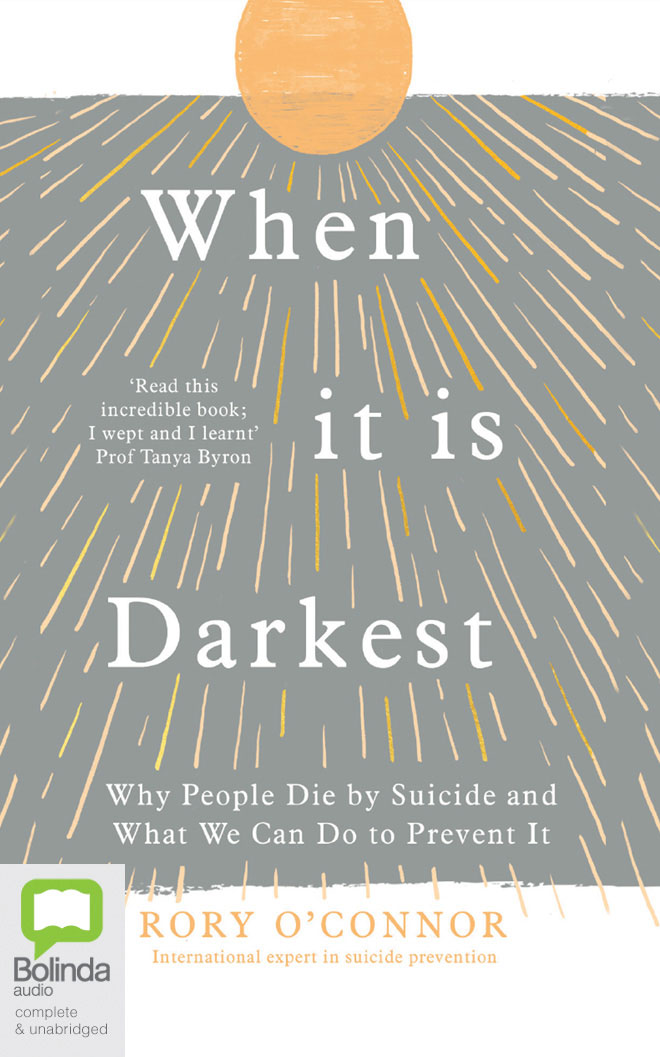What do you think?
Rate this book


Audio CD
Published March 15, 2022
معتقدم که گیر افتادن در دام دردی تحمل ناپذیر کلید درک خودکشی است زیرا من آن را محور اصلی مسیر مشترک منتهی به خودکشی میدانم
خودکشی بیشتر از اینکه میل به مرگ و لزوما حاصل از بیماری روانی باشد، رفتاری است برای پایان دادن به درد و فرار از گیر افتادن در دام درد روانی.
عواملی که به افکار خودکشی گرایانه منجر می شود با عواملی که احتمال اقدام به خودکشی یا مرگ بر اثر خودکشی را افزایش می دهد متفاوت است. صرفاً این طور نیست که افرادی که بیشتر به خودکشی تمایل دارند بیشتر احتمال دارد دست به خودکشی بزنند بلکه به نظر میرسد گروهی مشخص از عوامل ارتباطی مخصوص با اعمال خودکشی گرایانه دارند تا افکار خودکشی گرایانه